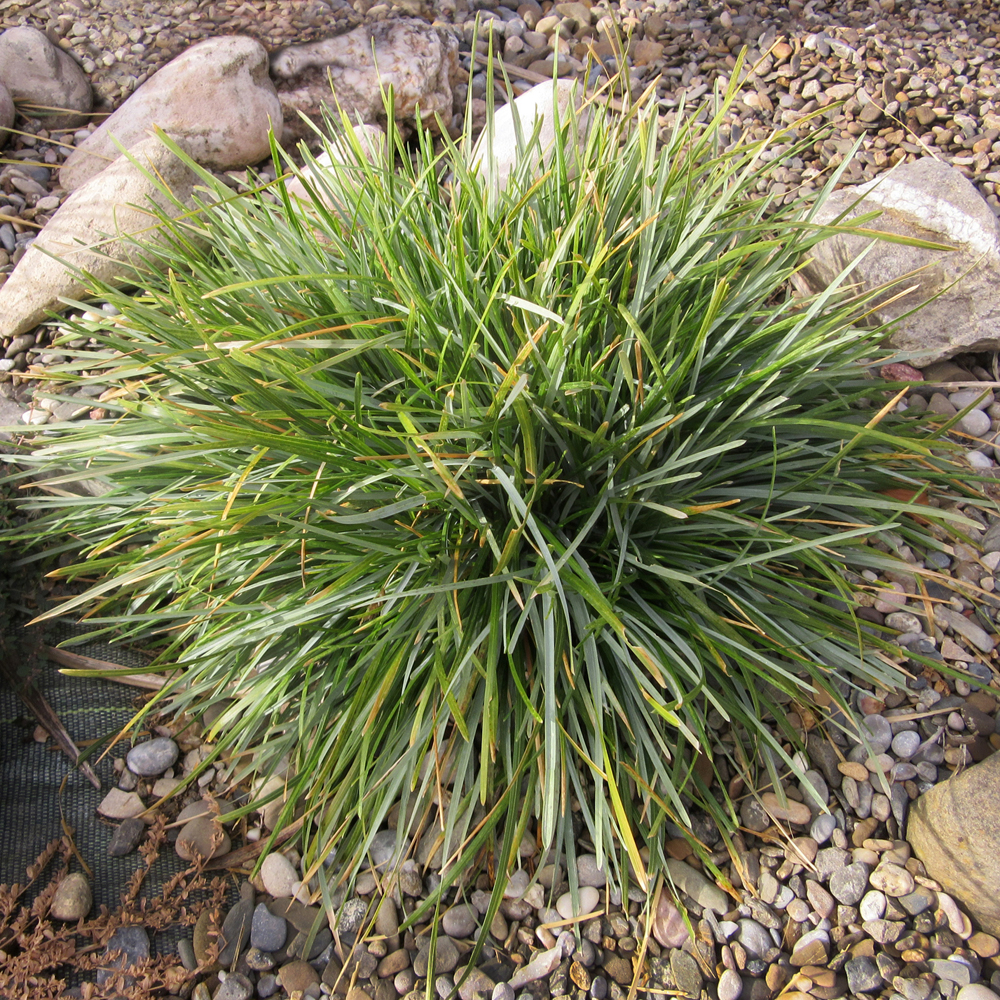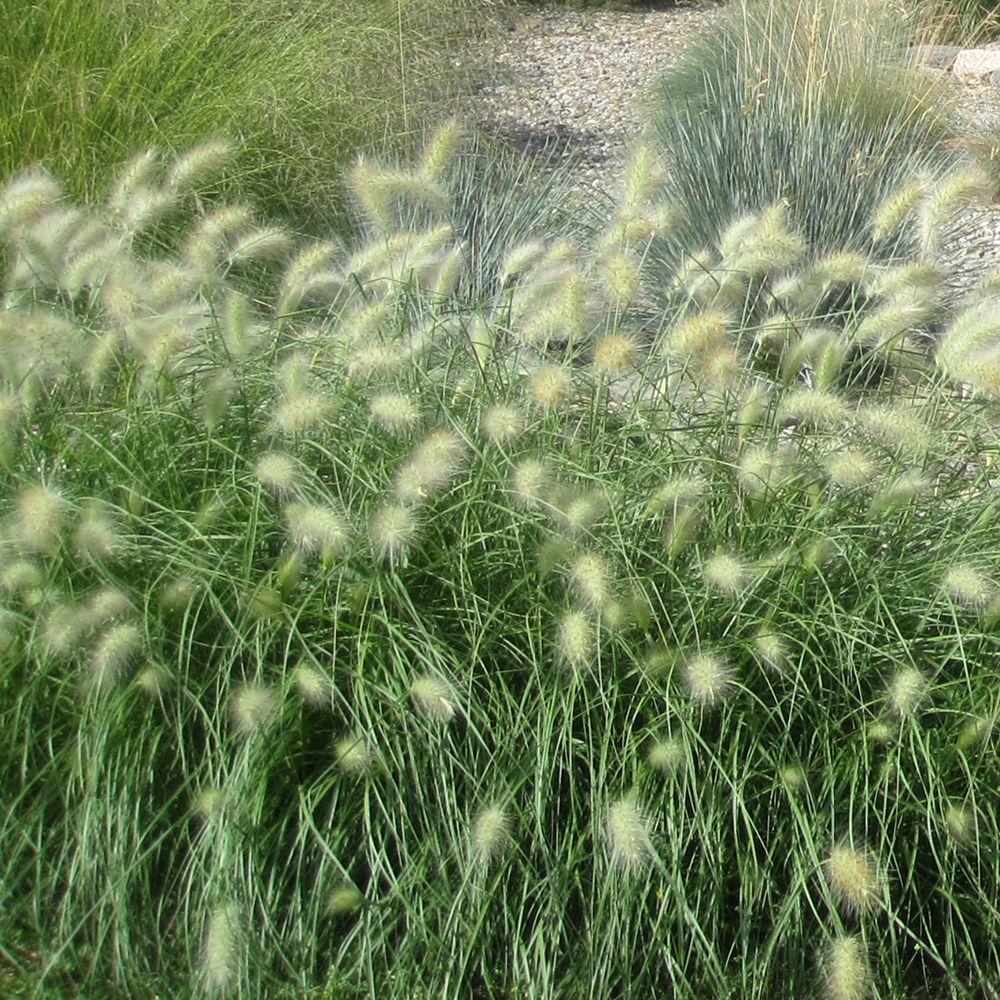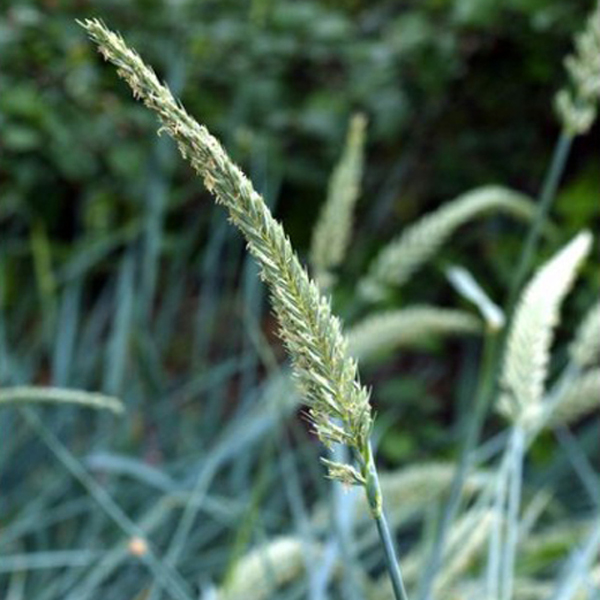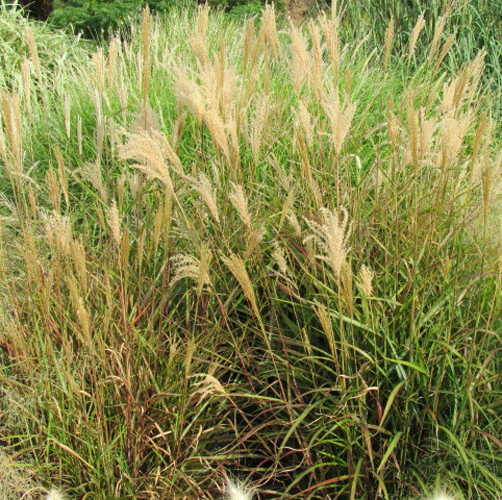Plants / Plantes
Ornamental grasses for gardens in Mediterranean France – Part 1
I have grown ornamental grasses on and off for many, many years. For the most part I find them adaptable and easy to maintain plants. There is a huge amount of choice of heights, textures, flower forms and they add a lot of winter interest to the garden. They can be used for ground cover, as specimens, to give vertical accents to plantings, planted individually or in groups, with other grasses or in mixed plantings with other perennials.
Since gardening in the Languedoc, I have continued to grow grasses and, having plenty of space in our one hectare garden, and in 2009 I decided to plant an area of approximately 60m2 as a dedicated grasses garden to test out how well a range of grasses perform in Mediterranean climate conditions.
The initial planting scheme included a mix of cool season grasses (i.e. those which tend to be evergreen and flower earlier in the year) and warm season grasses (i.e. those which flower later in the year and whose foliage tends to brown during winter). The first planting included a range of miscanthus cultivars, several pennisetums, Eragrostis spectabilis, E. elliottii and E. curvula, Panicum virgatum, several stipas, Sporobolus airoides and S. heterolepis, Calmagrostis brachytricha and C. x acutiflora ‘Karl Foerster’, Saccharum ravennae, Muhlenbergia lindheimeri, Helictotrichon sempervirens, Acnatherum calmagrostis and Festuca glauca. I have subsequently added Sesleria caerulea, Sesleria nitida, Ampelodesmos mauritanicus and Muhlenbergia capillaris. The whole area was covered with geotextile and a gravel mulch and the borders were planted with the thuggish Pennisetum villosum in the hope that this would help to prevent couch grass and bindweed from encroaching from the surrounding area, this has largely been successful.
Six years on, what are the results of this experiment? Once the whole area had matured a little, it made a great demonstration bed for the range of grasses that I was selling in the nursery and the whole area looks great from about early May through until late February. I cut all the warm season grasses and some of the cool season ones back to the base at this time.
Failures? I love blue-foliaged grasses but (for me, here) find that Helictotrichon sempervirens and Festuca glauca age badly so I no longer plant them and am now hoping that Sesleria caerulea will prove longer lived. Leymus arenarius has lovely foliage but is a terrible thug. Sadly, and slightly inexplicably, Stipa barbata and S. pinnata failed to flourish.
Personal favourites? I adore the autumn flowering of Muhlenbergia capillaris, the flower form of Miscanthus sinensis ‘Saturnia’ is lovely, Miscanthus sinensis ‘Dronning Ingrid’ gives hints of red in its foliage, Stipa gigantea and Ampelodesmos mauritanicus make fantastic specimen plants.
Drought resistance? Perhaps one of the main disadvantages is that many grasses (particularly the warm season ones) demand summer irrigation or they will look very sad, this is, unsurprisingly, even more the case with cultivars which have broader foliage such as Miscanthus sinensis var. condensatus ‘Cabaret’ or ‘Cosmopolitan’. If I were to repeat this experiment I would plant the more drought resistant grasses in a different zone, seek to try more drought resistant forms, and reduce the number of grasses which require a lot of irrigation.
Text: Gill Pound
Photographs of most of the grasses mentioned in this article can be found in the MGF list of Recommended Grasses.
![]()





